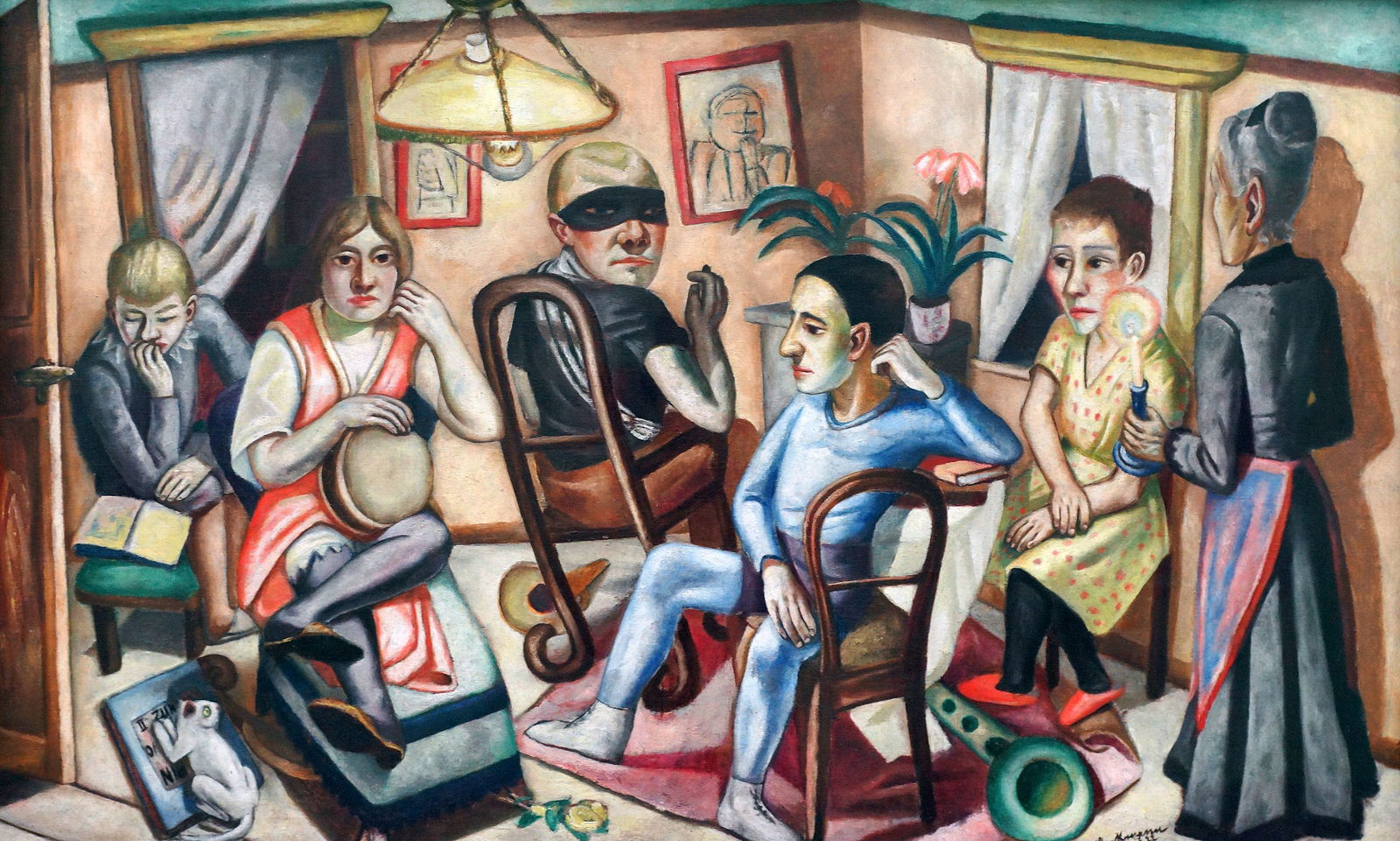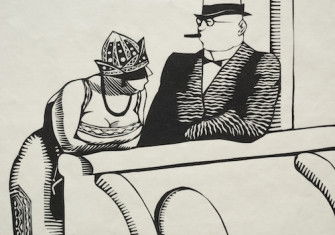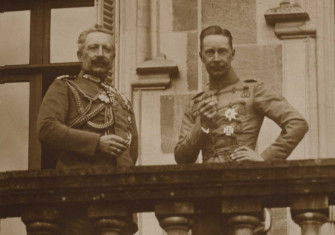‘The Weimar Years’ by Frank McDonough review
The Weimar Years: Rise and Fall 1918-1933 by Frank McDonough is a lucid overview of Germany’s tumultuous interwar years.

Who – or what – killed Weimar democracy? It’s an important question, without as obvious an answer as we might think. In The Weimar Years – the third volume in his Hitler Years series – Frank McDonough tackles the question head-on, providing convincing answers. The book also fills an unexpected gap: despite the huge general interest in the subject, finding a detailed narrative history of Weimar Germany is not easy. The historiography is saturated with works focusing on specific (albeit important) aspects of the era such as culture, economics or foreign policy, while the rise of Adolf Hitler dominates the public sphere. By simply providing a what-exactly-happened-and-when style overview, The Weimar Years is a very welcome addition.
Like the previous books in this series,The Weimar Years proceeds chronologically, each chapter focusing on a specific year, from Germany’s defeat in the First World War in 1918 to Hitler’s appointment as Chancellor in 1933. We encounter the events and features that informed readers would expect from a history of Germany’s doomed interwar democracy: the useless piles of banknotes (used as wallpaper), the Kapp and Munich putsches, the secret military agreements with Russia and the street battles between Nazis and Communists. It is the most lucid overview of the Weimar Republic that I have read.
One of the reasons for this is McDonough’s engagement with recent scholarship, such as Volker Ullrich’s masterful biography, Hitler: Ascent, 1889-1939 (2013). This enables McDonough to challenge various myths: the assumption that Hitler dictated Mein Kampf to his fellow prisoner Rudolf Hess (in fact he typed it himself), for example, or the overstated impact of unemployment on Nazi electoral prospects and, yes, the bizarrely enduring mystery of Hitler’s testicles. Despite being diagnosed with cryptorchidism (an undescended right testicle) by the Landsberg prison doctor, in 1944 Hitler’s own doctor Erwin Giesing reported that his genitals were normal, while the Soviet autopsy in 1945 stated that his left, not right, testicle was missing. Beyond the Nazis, McDonough expresses scepticism concerning the prevalence of female equality in Weimar Germany. He reminds readers that the Weimar Republic lasted longer than Hitler’s Third Reich, an impressive achievement for which German democrats, despite their faults, deserve to be remembered. Focusing on high policy, each Weimar cabinet is discussed in detail, election statistics are scrutinised, and many words are devoted to economics. But McDonough also includes important cultural developments such as the Bauhaus movement, Fritz Lang’s Metropolis and the comparatively progressive attitudes towards sexuality, particularly in Berlin’s cabaret clubs. Such cultural insights provide a welcome break from the ‘toxic’ atmosphere of Weimar politics.
For all that, there are debatable arguments here. Students will have to look elsewhere to discover that not all historians now consider the Treaty of Versailles to have been incredibly harsh, a notion which was strongly challenged by Sally Marks in 2013. Similarly, A.J.P. Taylor – who saw Hitler as an opportunist reacting to the opportunities provided to him – would surely have raised an eyebrow at assertions concerning Hitler’s ‘blueprint’ and ‘stage-by-stage plan’ for ‘global war’. McDonough makes no acknowledgement of even the more moderate structuralist interpretations of Hitler’s foreign policy – Martin Broszat’s argument that, while Hitler did have some aims, he was unable to decide ‘on the whether, when and how of specific measures’, for example, or Hans Mommsen’s description of Hitler’s foreign policy as ‘expansion without object’. Perhaps this is understandable: a wider readership might have been lost had the book delved into the intricacies of structure versus intention, and students should know to search for contrasting arguments anyway. It is probably not a good idea for a book of this sort to follow the advice I was once given by a colleague in a university lecture: hit the audience with some Martin Broszat!
But another reason for these omissions is that The Weimar Years is not a history of Hitler’s rise to power. The future Führer makes his first appearance 80 pages in, and for much of the book he remains, as he was at the time, on the extreme fringe of German politics. Instead, two other figures take centre stage.
The first is chancellor and foreign minister Gustav Stresemann, who McDonough considers to be perhaps the only politician who could have saved German democracy. Stresemann’s remarkable achievements support this argument. His diplomatic skills inspired political compromise within the Republic, while his peaceful foreign policy vision triumphed at Locarno, sparking a new spirit of friendship towards Germany and winning him the Nobel Peace Prize three years before his death in 1929.
Then there is President Paul von Hindenburg, widely seen in the 1920s as the ‘Hero of Tannenberg’. Initially ‘non-partisan’, the old monarchist and one-time de facto military dictator soon reverted to type. From 1930 he governed in accordance with his right-wing preferences and gave little thought to the views of the elected Reichstag. But as McDonough argues, the blame does not lie with individuals alone: there were structural issues with Weimar democracy baked into its constitution, Article 48 of which enabled Hindenburg to disregard the Reichstag, while proportional representation made coalition government difficult. Issues with the system, more so than economic misery, McDonough claims, inspired Germans to vote for the Nazis.
An astonishing number of photographs in the book depict funerals. The reader begins to predict them. An assassination here, a murder there. McDonough concludes that the mortal damage was dealt by Hindenburg. He was the ‘grave digger’ and ‘undertaker’ of Weimar democracy. Presumably that makes Hitler the Grim Reaper.
The Weimar Years: Rise and Fall 1918-1933
Frank McDonough
Bloomsbury, 656pp, £35
Buy from bookshop.org (affiliate link)
Luke Daly-Groves teaches Modern European History at the University of Central Lancashire.






